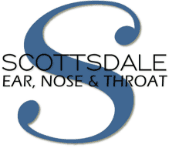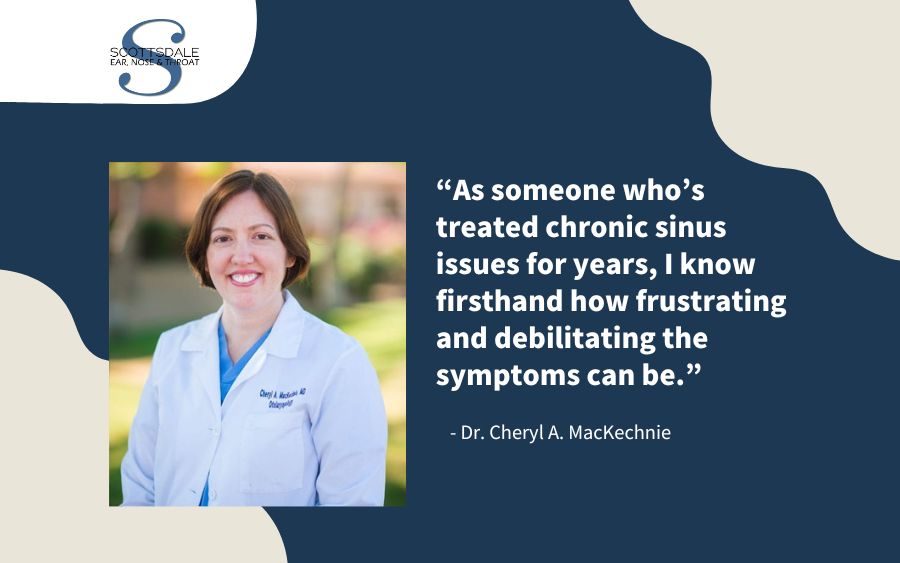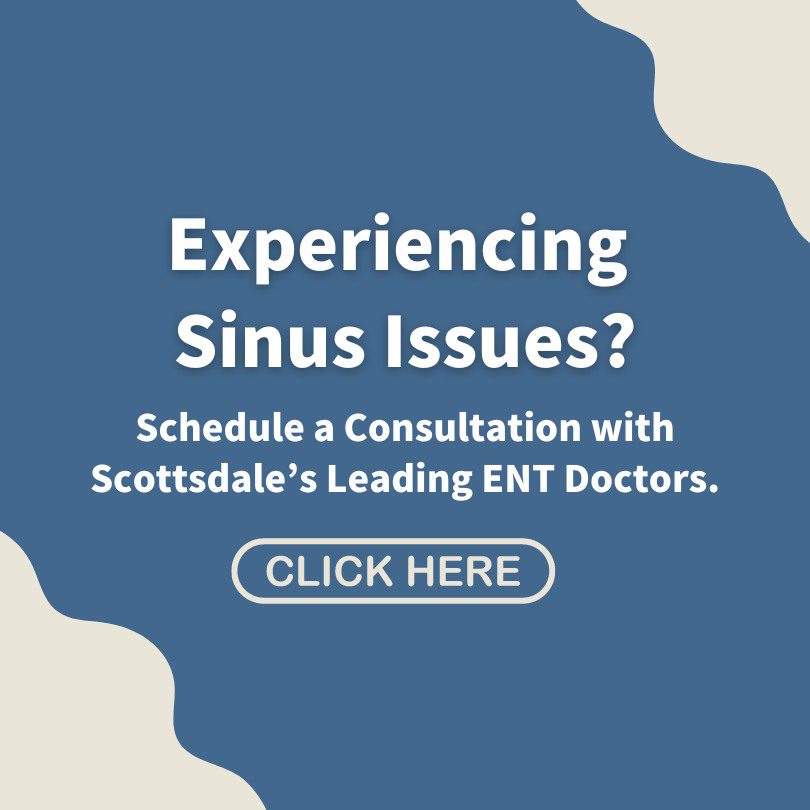As someone who’s treated chronic sinus issues for years, I know firsthand how frustrating and debilitating the symptoms can be.
You may be suffering from constant congestion and headaches, or perhaps you have difficulty sleeping and even trouble breathing.
This is why sinus problems can greatly impact your quality of life. But thankfully, there are a variety of treatments which can help alleviate your symptoms and provide long-term relief.
In this article, I’ll explore the main treatments that will help you understand: balloon sinuplasty and the common variations of turbinate reduction surgery.
Understanding Turbinate Hypertrophy and Its Symptoms
Before we dive into treatment specifics, let’s take a close look at what causes recurring sinus issues in the first place.
A common culprit is turbinate hypertrophy. This is a condition where your nasal turbinates become enlarged and inflamed.
(Nasal turbinates are small structures inside your nose that help warm and humidify inhaled air as it passes through.)
Your turbinates can become swollen due to allergies or infections. Most of the time, this condition is temporary. However, some patients develop chronic swelling, otherwise known as hypertrophy.
This enlargement or inflammation can be responsible for symptoms including:
- Chronic congestion
- Blocked nasal passages
- Difficulty breathing through your nose
- Headaches
- Postnasal drip
- Sore throat
- Snoring
- Sleep apnea
If you’re experiencing any of these symptoms, schedule an appointment with one of our ENT experts at Scottsdale Ear, Nose & Throat to determine the underlying cause and explore potential treatment options.
What Is Balloon Sinuplasty and How Can It Provide Relief for Sinus Sufferers?
One such treatment option is balloon sinuplasty.
This is a minimally invasive procedure that uses a small balloon catheter to gently widen your sinus passages. This improves drainage and thus reduces the chances of sinus blockage and congestion.
Traditional sinus surgery requires incisions and tissue removal, but balloon sinuplasty is typically performed on an outpatient basis and involves minimal downtime.
During this procedure, your ENT doctor will insert a small balloon catheter into the affected sinus passage and inflate it.
Balloon Sinuplasty and Turbinate Reduction Surgery Differences
Balloon sinuplasty’s main advantage is its minimally invasive nature. You typically experience less pain and recover more quickly than with traditional sinus surgery.
However, turbinate reduction surgery involves nasal turbinate tissue removal or reduction. You may need this procedure if your condition exceeds what can be corrected with balloon sinuplasty.
Yet, turbinate reduction surgery is also an outpatient procedure.
Either way, the end result is that your nasal airway is opened and your breathing improved. You’ll snore less, and you should experience at least some relief from severe nasal allergies too.
To determine which treatment is most suitable, your ENT doctor will make a physical examination of the inside of your nose using nasal endoscopy.
If balloon sinuplasty isn’t suitable, then several turbinate reduction techniques can be used:
Cauterization: A heated probe inside your nose seals off (cauterizes) some of the blood vessels in your turbinates. This reduces blood flow and shrinks your turbinate tissues.
Radio frequency turbinate reduction: A long, thin probe delivers energy to your inflamed turbinates to form scars which shrink your turbinate tissues.
Coblation a.k.a. “controlled ablation”: This uses heat energy to shrink your turbinate tissues, but at a lower temperature to keep surrounding tissues intact.
Microdebrider submucosal resection: A small opening in your turbinate is created for tissue removal. The outer lining stays in place and your turbinates shrink as you heal.
Partial resection: A small piece of your turbinate is removed. Unlike the other methods, partial resection removes both soft and hard tissue and is reserved for exceptional cases.
The specific technique used will depend on the severity of your hypertrophy and your individual symptoms, of course.
Preparing for Balloon Sinuplasty and Turbinate Reduction Surgery
If you and your doctor determine that balloon sinuplasty or turbinate reduction surgery is the right course of treatment for your sinus issues, there are a few steps you can take to prepare.
First, be sure to discuss any medications you’re already taking. Some medications may need to be temporarily discontinued prior to surgery.
You may also need to avoid eating or drinking for a certain period of time beforehand.
Also, be sure to arrange for someone to drive you home after the procedure because you may still be under the effects of anesthesia afterward.
What to Expect, Risks, and Complications
You’ll be given anesthesia to ensure you’re comfortable and pain-free throughout the procedure.
Patients who have turbinate reduction may experience discomfort for a few days, but this is usually minimal. Other risks and potential complications include:
- Bleeding
- Infection
- Damage to surrounding tissue or structures
- Recurring symptoms
- Smell or taste changes
Your ENT doctor will discuss these with you beforehand so you know exactly what to expect.
Recovery and Aftercare Tips
Following balloon sinuplasty or turbinate reduction surgery, it’s important to give your body time to heal and recover.
Some general tips for recovery and aftercare include:
- Avoid blowing your nose and strenuous activity for the first few days.
- Sleep with your head elevated (this reduces swelling).
- Use saline nasal spray (this keeps your nasal passages moist).
- Follow all medication and post-operative instructions provided by your doctor.
Is Balloon Sinuplasty or Turbinate Reduction Surgery Right for You?
If you suffer from chronic sinus issues, balloon sinuplasty and the various forms of turbinate reduction surgery may be effective treatment options for you.
We can help you take control of your sinus issues and breathe easily once again.
That’s because Scottsdale Ear, Nose & Throat offers Arizona’s most advanced ENT care center as well as the state’s leading team of doctors.
We offer plenty of expertise in treating turbinate hypertrophy and a great personal touch too!
You’re always welcome to get in touch and find out more about your options. Call us at (480) 684-1080.
We’d love to help you breathe clearly again.




